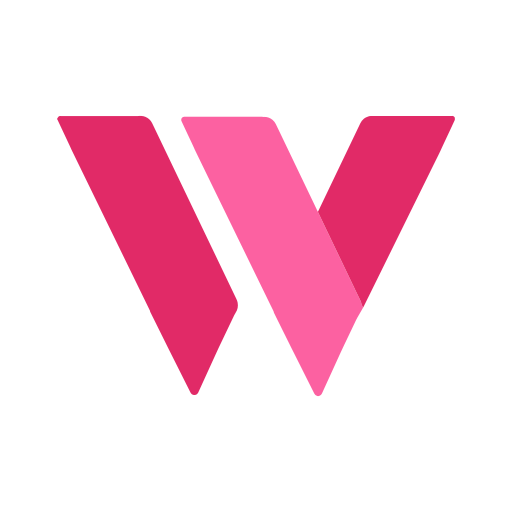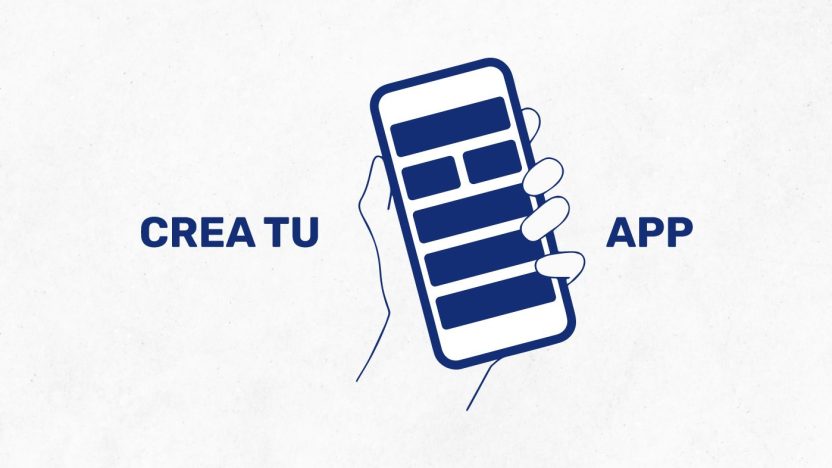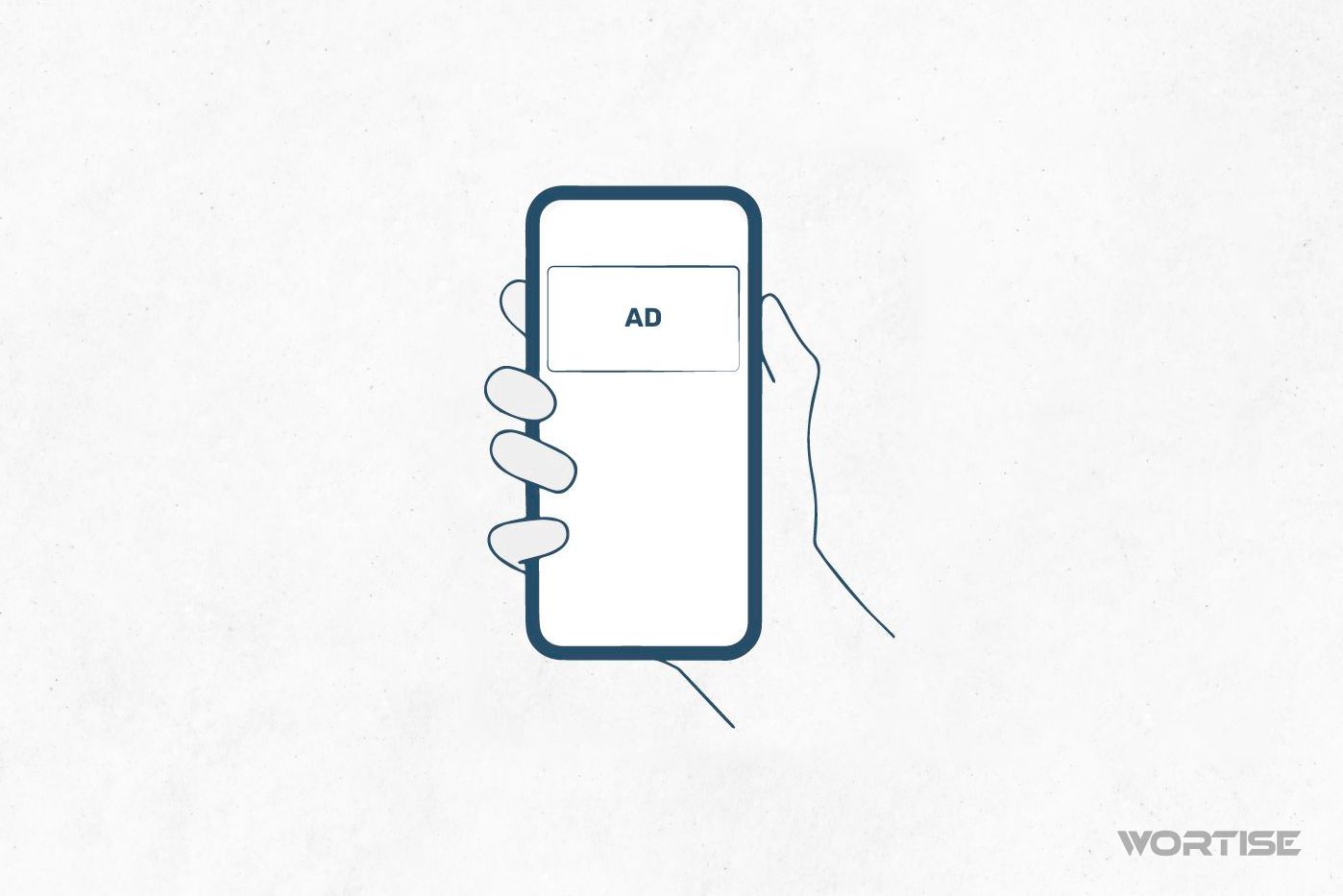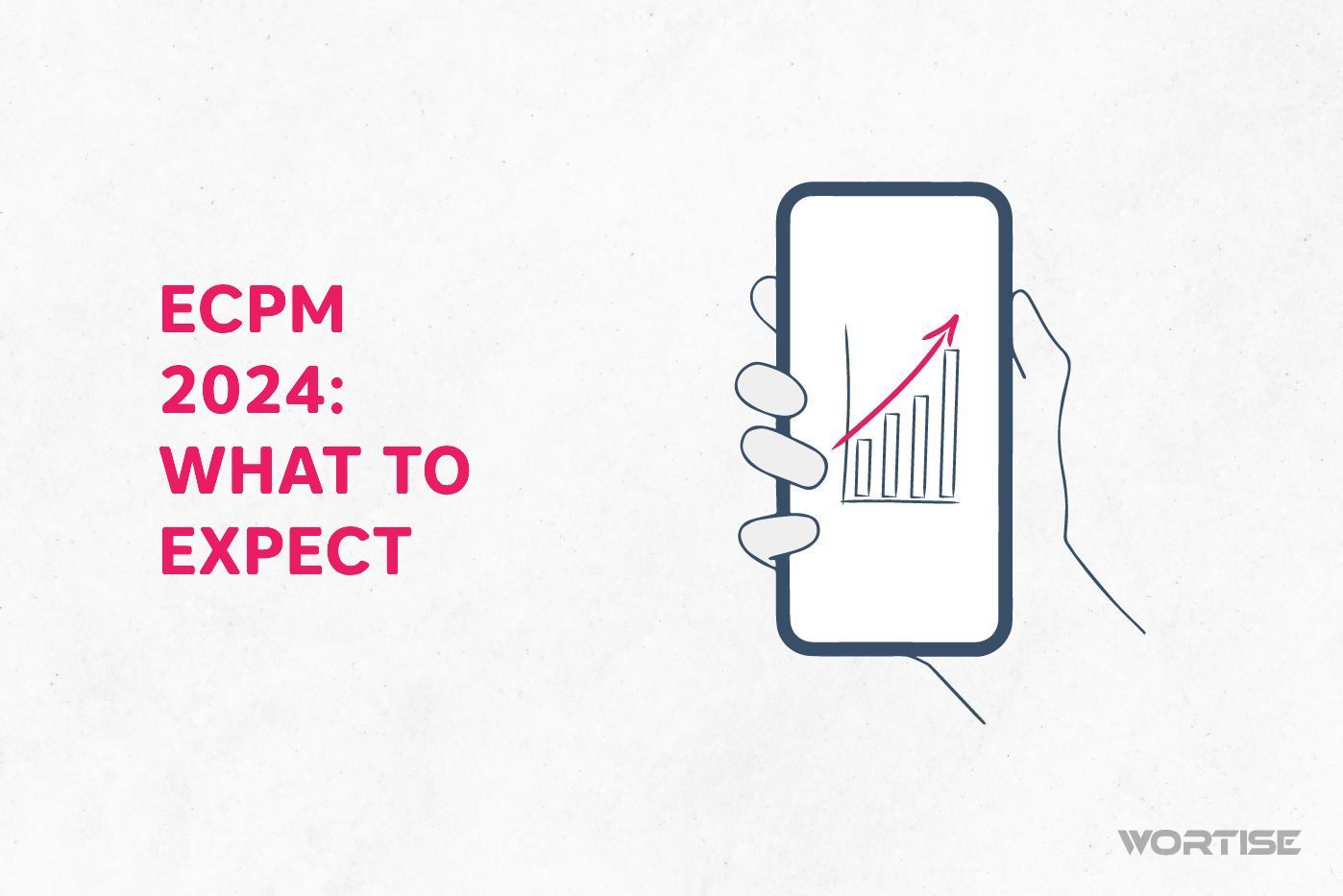As a publisher, you surely know how easy it is to create and optimize an app today. You have multiple tools designed to be your allies, saving you hours of work and sparing you from long trial and error sessions. These advantages are even more pronounced when working with the 5 best frameworks for app development.
With these frameworks, you can bring new projects to life with a lower investment, without the need to start from scratch. You also have the opportunity to explore new possibilities to enhance your app, provide a renewed user experience, and increase your reputation as a publisher.
In such a competitive world as programmatic advertising, improving our profile as publishers is crucial. To achieve this, it is essential to stay at the forefront of app design with the best tools. Take note and get ready to take your game to the next level.
Frameworks for App Development: Why Are They So Useful?
A mobile app development framework is a platform that provides a set of tools to create new apps much faster. These resources are tried and tested, allowing you to save steps in configuring functions and incorporating utilities.
The logic behind their operation is simple: the idea is for you to work with a plug n’ play system. To achieve this, take into account the most common demands of developers and the most common functions of widely used apps. This makes it much easier to configure aspects such as the user interface, integration with other apps, and the configuration of the most common functions in an app based on its nature.
To achieve this, frameworks adapt to the main mobile device operating systems and adjust their components to prevailing trends.
What Are the Advantages of App Development Frameworks?
The expansion of this tool is not just a passing trend. In a dynamic world like mobile apps, acting quickly, being timely, and attracting new users are essential. This is possible if we take advantage of the following benefits: cost-effectiveness, efficiency, and collaborative work to secure your own project.
#1 Cost-Effectiveness
Using a development framework allows you to reduce costs in any mobile app or website design project. Your development team can address any need more quickly and in less time without investing in additional human talent or more complex processes.
#2 Efficiency
When you use framework resources, you minimize the chances of programming errors, increase the pace of work, and leverage resources that have already been tested for mobile app configuration. This ensures that your project is executed more quickly and with the fewest possible errors.
#3 Collaborative Work
Frameworks simplify the work of developers by providing a comprehensive foundation for project initiation, configuration, and deployment. If you had to use other tools, you would need to spend more time coordinating your team before starting to design any app.
#4 Simpler Programming
Development frameworks offer advanced programming tools that would otherwise require extra hours of work and more resource investment. They also provide the possibility of reusing code, a tremendous advantage for your work.
#5 Optimal User Experience
By using proven and widely-used tools, it’s much easier to design apps for different operating systems. Your users on Android or iOS won’t feel alienated or discriminated against because you cater to both platforms.
These Are the Types of App Development Frameworks You Can Use
As you can imagine, there are different possibilities for developing an app with a framework. By understanding them, you’ll see how they fit the most common needs of any team dedicated to generating apps and similar resources.
#1 Frameworks for Native Apps
These help you design an app intended for a specific operating system, be it Android or iOS. If you’re thinking of creating an app for a single app store, this may work for you.
#2 Frameworks for Cross-Platform or Hybrid Apps
These are designed to help you build software that can run on different operating systems. They save you a lot of work hours and ensure a presence in the major app stores.
You can also create apps with both a web version and a mobile version, saving time and effort.
Get to Know the 5 Best App Development Frameworks
Now that you understand what a development framework is, or if you’re looking for a new tool to use with your team, you should explore these frameworks and make the most beneficial choice for your project. Consider aspects such as the operating system you want to work on, the main resources available, and the ease of use with each one.
You should also evaluate other aspects of interest such as proficiency in programming languages, the various platforms you can cover, integration with other components, the availability of resources like libraries, the learning curve of each framework, and the type of app you want to develop.
#1 React Native
It’s one of the most popular frameworks in the world of mobile apps. According to Adapty, 32% of developers use it to create cross-platform apps. It has the support of Facebook and maintains its popularity despite the growth of other development frameworks like Flutter.
React Native is useful if you want to design cross-platform apps with ease, as it is based on React, a JavaScript library used for website design and custom software through the incorporation of reusable components.
Platforms like Wix, Shopify, or Pinterest use React Native to configure their mobile versions. This ensures they work seamlessly on different platforms and guarantee the full functionality of their most important features without compromising the user experience.
To provide these advantages, React Native works with these parameters:
- Allows code sharing between platforms and using a single programming language, saving your development team hours of work.
- Provides a consistent interface, making your app work smoothly on different platforms.
- Immediately shows the changes you make in your development, thanks to its Fast Refresh feature, another advantage for faster and more effective optimization and debugging processes.
- Offers excellent security parameters and makes it easy to integrate third-party plugins.
#2 Flutter
It is among the most popular development frameworks: according to Adapty, 46% of developers use it frequently. Some specialists even consider this framework a strong competitor to React Native, to the point of surpassing it.
Originally designed as an internal tool by Google, Flutter allows you to create cross-platform apps and ensure the same user experience for your app’s users. This is due to the tool’s functionality: you don’t have to program a change in your app twice. Just do it once, and it will run natively on each platform.
Alibaba, eBay, and Google Pay are just some of the brands that use Flutter for their apps. One reason to prefer it is the reduction of work times. Some developers claim that it’s possible to complete one month’s work in two weeks.
These advantages outweigh some peculiarities of Flutter. Its programming language is Dart, less common compared to others like Kotlin or PHP.
However, it still meets these standards:
- Facilitates the creation of adaptive apps, ensuring native functionality on each operating system without any differences or additional programming efforts.
- Has a rich library of widgets for configuring your app’s interface and functionalities.
- Its hot reload feature speeds up the process of loading and executing changes, resulting in less work time.
#3 Unity
Editors know that Unity is a robust platform for app design. The reason? It’s a game engine, so it acts as both a development framework and offers other resources for designing video games.
Thanks to its features, you can develop a complete video game from Unity, including 3D images and visual effects editing. For this reason, most well-known video games have been developed using Unity, and its user community has grown over the past 4 years. At least 12% of developers work with this platform.
But how does it maintain this loyalty? Thanks to programming resources, the application of Artificial Intelligence (AI), 2D and 3D graphics rendering, animations, sounds, and more. With these resources, it practically guarantees the best experience for both developers and users.
In addition to these advantages, Unity also offers these possibilities:
- Design apps beyond iOS and Android. You can also develop apps for consoles, Mac, and Windows systems.
- Benefit from the support of a large user community. You’ll find documentation, forums, and other resources to exchange experiences and solve any doubts.
- Offers learning tools to progress in a complex industry like video games.
#4 Xamarin or .NET MAUI
If you’ve been in the world of apps for a while, Xamarin is not unfamiliar to you. Perhaps the novelty is the changes that this app development framework is undergoing. It is now being integrated into the .NET platform to become Microsoft .NET MAUI (short for .NET Multi-platform App UI).
These changes will allow you to design apps with a better focus on user experience, cover operating systems beyond iOS and Android, and ensure a native look on each device.
Experts in the use of development frameworks believe that the shift to .NET MAUI represents an evolution compared to Xamarin Forms. Now, it’s possible to write a single codebase for different platforms, work with new controls, and leverage functionalities to speed up development.
Thanks to this new configuration, it is ready to help you automatically create native controls for different target devices, as well as access resources such as business logic models and databases.
#5 Ionic
The popularity of this framework grew alongside Cordova Apache. Together, they helped many developers tackle multiple tasks effectively and with excellent results. However, evolution was inevitable, so Ionic created Capacitor, its own solution for designing and launching hybrid apps.
This framework also serves as an ally for platforms looking to transition to mobile apps, using HTML, CSS, and Javascript. Its tools ensure a smooth experience for Android and iOS users.
Ionic focuses on more advanced devices with greater processing power. If your goal is to create a super-fast app and incorporate advanced elements, this is the right tool.
Today, it provides a rich library of resources to optimize the user interface, speed up app design, work with predefined themes for different platforms, and preview the app while configuring it.
To access its components, Ionic groups them into basic building blocks consisting of cards, lists, and tabs. These blocks contain resources such as headers, links, buttons, forms, and more.
Create and optimize your development with the best app development frameworks. At Wortise, we are ready to help you monetize.
As a publisher, your goal is to have ultra-fast, efficient apps ready to attract and build a user community. That is your capital for gaining reputation in the programmatic advertising ecosystem and quickly placing your ad inventory. But you are not alone in this task; our team knows how to help you increase your earnings as a publisher.
We connect you with over 100 Ad Networks, offer the highest eCPM in the market, and provide personalized support to address any monetization-related questions.




